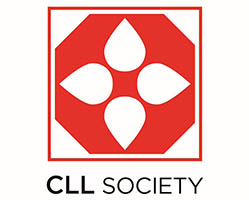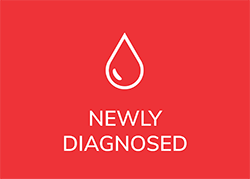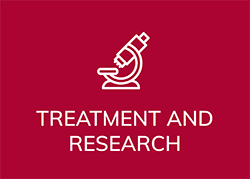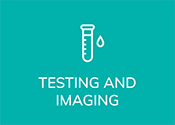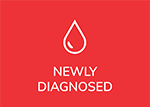Over the course of a year of monthly meetings, The CLL Bloodline will teach the BASICS needed to understand CLL, bring news, help with the acronym and new vocabulary, and offer simple fun quizzes.
MONTHLY QUIZ: The spleen is important in CLL. All the following are true EXCEPT:
- The spleen can serve as a backup to the bone marrow by releasing blood cells into the circulation.
- The spleen is in the left upper quadrant of the abdomen and is tucked away under the ribs where it cannot be palpated (felt) during a physical exam unless it becomes significantly enlarged as can happen when CLL progresses.
- One can live without a well-functioning spleen or even after its total removal.
- 30% of people have a tiny 2nd spleen called a splenule or accessory spleen that grows if the spleen is removed.
- Removal of the spleen is sometimes done prophylactically in CLL to lower the risk of infections and rupture.
The correct answer is #5. The spleen helps the body remove certain common “encapsulated” bacteria that can cause pneumonia, meningitis, and other infections and its removal is associated with more serious infections.
NEWS:
- CLL Society’s 2023 Annual Report is now available online. It highlights our significant achievements in ensuring everyone with CLL gets the best care. We extend our deepest gratitude for your partnership on this journey.
- The debut episode of CLL Society’s CareCast podcast is out now! Founder Dr. Brian Koffman discusses his 20-year emotional journey with CLL.
- Free COVID-19 testing kits are again available from the US Department of Health and Human Services website.
- Join us on October 16th for the webinar, Getting the Most from Your CLL Treatment: Managing Side Effects and Knowing When to Stop.
THE BASICS: Targeted Therapies (TT) are treatments that specifically target cancer cell growth and survival, while mostly sparing other tissues. In CLL, TT includes monoclonal antibodies (mAbs) that attack specific proteins found on the CLL cells’ surfaces. This protein may be found on some normal cells but not on most cells. Examples include rituximab and obinutuzumab that target CD20 found only on CLL and normal B lymphocytes. Another common TT are TKIs or tyrosine kinase inhibitors that inhibit enzymes (kinases) such as BTK which is blocked by ibrutinib, acalabrutinib, zanubrutinib and pirtobrutinib, or PI3K blocked by idelalisib and duvelisib. Both BTK and PI3K are part of the B cell receptor (BCR) pathway that the CLL has become “addicted” to and is critical to its survival. Blocking it turns off the messages the cancer receives to “live long and proliferate.” Venetoclax and the experimental lisaftoclax are not TKIs. They turn on apoptosis or programmed cell death, leading to rapid killing of the CLL cells. CLL cells had turned off that death pathway to improve their survival. Unlike chemotherapies, TT do not damage DNA or target all fast-growing tissues, cancerous or not. The important point is that because TT are “targeted,” they tend to cause less collateral damage, though they too can have significant side effects. They are often newer, more effective and much more expensive than chemotherapy.
WORD/ACRONYM OF THE MONTH: IMMUNOTHERAPY THERAPY
Immunotherapy Therapy uses our immune system to fight cancer and are made from living organisms. They include approved mAbs (monoclonal antibodies) such as rituximab and obinutuzumab (Gazyva), and experimental CAR-Ts (genetically modified T cells) such as liso-cel, and bispecific monoclonal antibodies such as epcoritamab. It may also be called biological therapy or targeted therapy.
The CLL Society is invested in your long life. Please invest in the long life of the CLL Society
